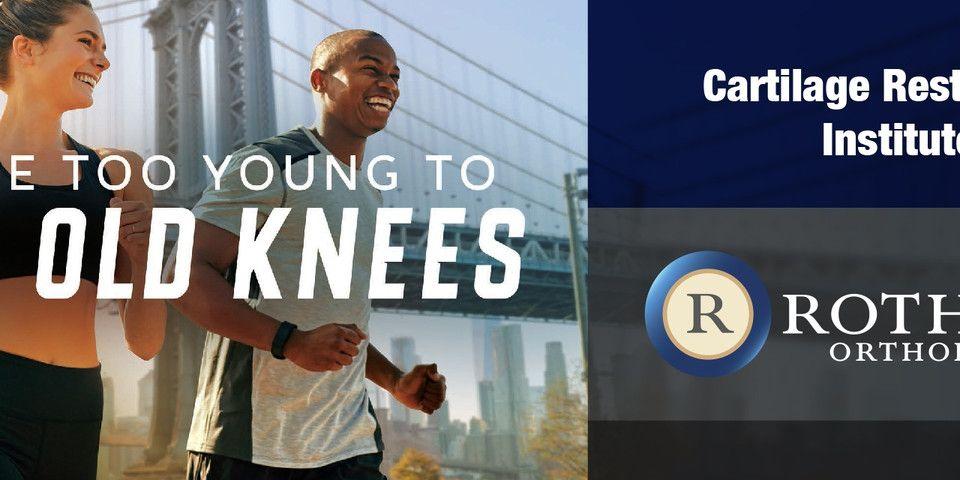3 Things You May Not Have Known About Spinal Surgery Recovery
These often-forgotten spinal surgery recovery tips could totally change your post procedure experience.
With the help of your physician, you’ve decided that spinal surgery is the best treatment option for your condition and now it’s time to get ready for the big day. If you’re researching information on the recovery process, you’ve landed at the right spot. In this article, we’ll address four important tips that are often forgotten by patients.
Of course, spinal surgery recovery varies depending on the type of procedure performed and the severity of the condition involved. We highly recommend checking with your treating physician about recovery details specific to your particular surgery. In the meantime, you may be surprised by this list of four tips we’ve put together for you.
Four Spinal Surgery Recovery Tips
-
Let’s talk medication: If you’re like most patients, you’re probably concerned about coping with the post-surgical pain. Don’t worry. There are several options for pain medications, including narcotics, anti-inflammatories, Tylenol and NSAIDs (non-steroidal anti-inflammatory drugs). However, it’s important to keep in mind that not all types of pain medication are appropriate for all patients. For example, a patient who has been prescribed narcotics for the treatment of a chronic condition will probably not find satisfactory pain relief from the same narcotics post-surgery. Also, patients who have had a fusion procedure should not take NSAIDs because those drugs can actually prohibit the formation of bone, which is exactly what needs to happen in the spine surgery recovery process following a fusion.
-
What about side effects?: We can’t talk about medications without also discussing side effects. Most patients are aware of common possible side effects, such as nausea, sleepiness, etc. But did you know that constipation is actually a frequent issue for patients during the recovery from spine surgery? The good news is that this uncomfortable problem can be avoided with some simple, over the counter products. Ask your physician if your pain medication is likely to cause constipation and, if it is, find out what you can do to proactively prevent it!
-
Timing is everything: When it comes to the application of heat versus ice, timing is critical. Many patients do not realize this, but heat can increase blood flow to the surgical area, increasing swelling and pain. So, while a heat pack might seem like a great idea, ice is probably your best bet in the first days after surgery. If surrounding muscles are sore, heat can be a great relief and comfort, but avoid application directly to the location of your surgery.
-
“Brace” yourself: Braces are not always needed for spinal surgery recovery, but in many cases, they are recommended or required to provide stability and support for some period of time. If a brace is required for you, ask your physician whether it will be a thin, elastic one or a molded body jacket. If a larger/heavier brace is being planned, it’s time to get your wardrobe ready. Purchasing several fitted cotton t-shirts is a great way to plan ahead now for making your recovery as comfortable as possible. The cotton will absorb perspiration, protect your skin from irritation and help the brace fit snuggly.
Visit us here or contact us at 1-800-321-9999 to set up an appointment. If these four tips have been helpful to you, you’d probably benefit from the additional content found in the rest of our spine blog series:
Spine Series - Blog 1: Could I Have a Spine Condition? Here’s How You Know...
How Do I Know if I Have a Spine Condition?
Should I See a Spine Physician?
Spine Series - Blog 2: Have You Tried These Treatments for Spine Conditions?
Spine Series - Blog 3: Answering the Big Question: Do I Need Spinal Surgery?
Related Specialties
Related Conditions
Related Programs
-

Cartilage Restoration Institute
This is a center where patients can go to have their disabled joint biological resurfaced, realigned, and stabilized without having the joint replaced by artificial materials such as metal and plastic. It is well known that the outcomes of patients under the age of 50 undergoing artificial joint replacement are not as good as we would like. Therefore we feel the future of Orthopaedics is to try to restore a joint back to its original anatomy by realignment, ligament reconstruction, and cartilage restoration.Read More




